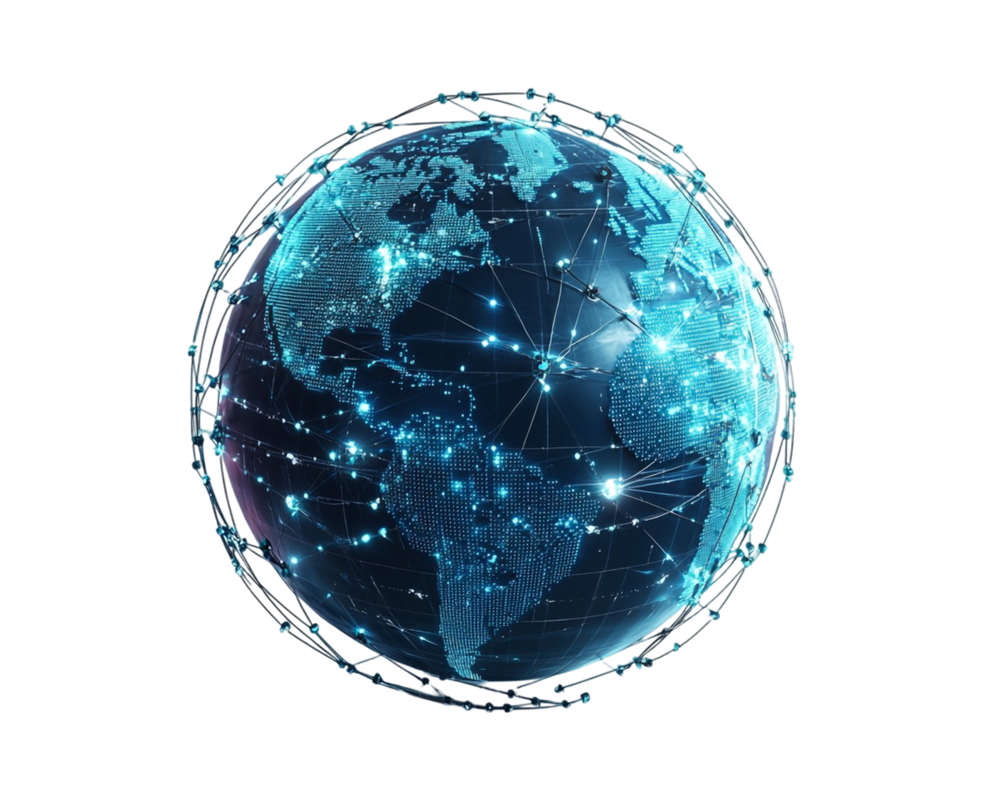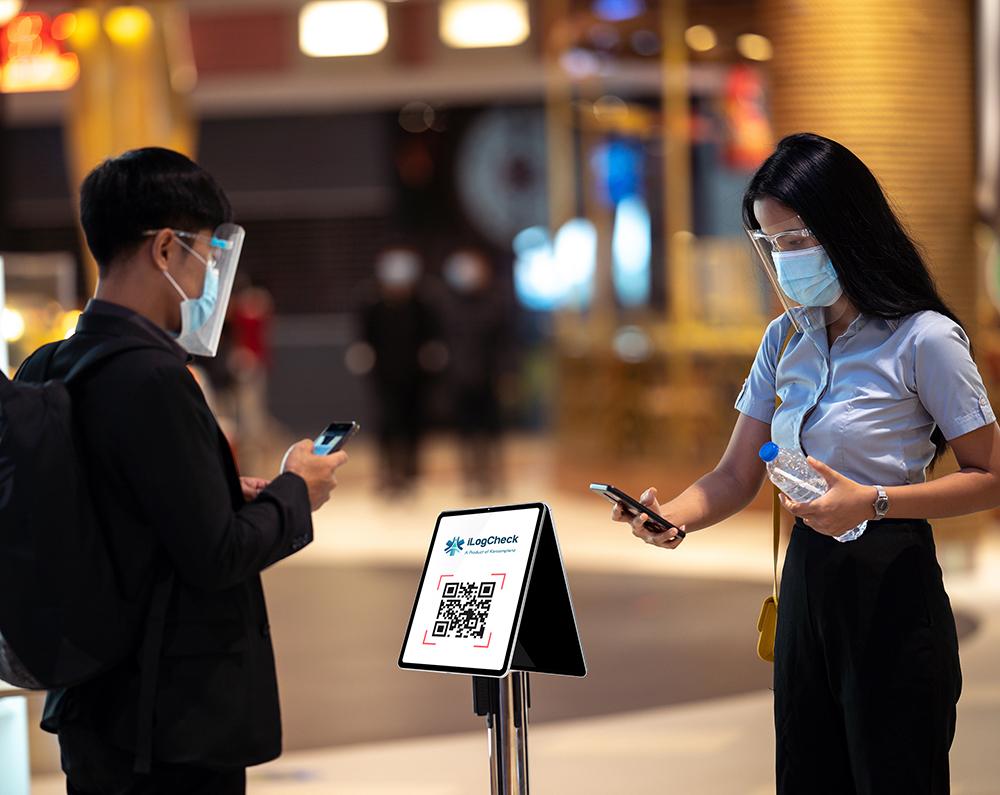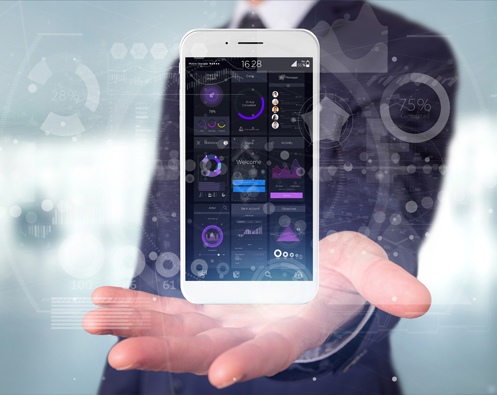

Introduction to Data Visualization
In today’s world, where data is everything and everywhere, we are at the cusp of information technology, which enables everything from advanced scientific developments to our everyday chores. That calls for an effective and efficient decision-making process, which can only be possible with large amounts of data provided to us in a simple format using data visualization.
What is data visualization?
Data visualization is the representation of information through visual patterns such as charts, graphs, maps, and dashboards.Often referred to as information or statistical graphics, it helps simplify complex datasets, making patterns, trends, and insights easier to understand. By turning raw data into a visually digestible format, data visualization enables faster and more effective decision-making across all levels of an organization.
Key trends and predictions in Data Visualization
1. Data Storytelling: Data visualization is predicted to become the most widely used means of studying data by 2025. Machine learning and augmented intelligence will generate a significant number of data stories to make learning key points from a data cluster easier.
2. Evolution of Analytics: Data visualization has evolved beyond descriptive models toward diagnostic, predictive, and prescriptive analytics, enabling deeper insights and smarter decisions.
3. AI Integration and Emerging Technologies: AI’s large language models will be integrated with large sets of data to turn chunks of information into easily readable data. This simplifies data visualization and enhances user experience.
4. Real-time and Interactive Visualization: The need to make decisions in real-time is rising, which is why we witness the significance of real-time data visualization. Interactive visualization creates an immersive environment where the user or a reader can visualize information effectively.
5. Simplifiers: Nowadays, we have tools like semantic layers that simplify complex data into easy business language without jargon, so decision-makers like CIOs and CTOs don’t have to sort out chunks of complex data and get meaningful messages manually using a long-drawn process.
6. Enhanced Reality: Extended reality includes technology like AR and VR that is being actively used in data analysis to create an improved and immersive learning experience so decisions can be made effectively and efficiently. This allows the user to experience data in virtual spaces, allowing for easier absorption of information.
7. Data Accessibility: Data is now democratized. A layman no longer has to depend on professional analysts to read and understand analytical information. The core aim of data visualization is to make the consumption of large chunks of complex data easier and to make meaning out of them.
8. Predictive Data Visualization: Data is now predictable, which means that you can now rely on various methods of data visualization to study and forecast information trends.
The critical need for Data Visualization in the 21st Century
What is the importance of Data Visualization?
1. Analyzing Complex Datasets: Data Visualization is used in areas where the data to be analyzed is complex and massive, making it difficult to make sense of. Data Visualization simplifies large, complex datasets, making them easier to understand and simpler for decision-makers.
2. Spotting Patterns and Trends: Visual data makes it easier to spot patterns and trends from raw data and can be used for strategic planning and decision-making. Visual data such as maps, graphs, and charts provide a clearer picture than unstructured data, which is significant in volume and difficult to comprehend.
3. Improving Communication: Data visualization brings every stakeholder across departments under a single umbrella by simplifying data and allowing for better information communication among those seeking to better understand the data landscape.
4. Help in Decision-Making: Data visualization allows for better decision-making than when presented with a raw data set. It helps spot anomalies and can reveal potential risks or opportunities.
5. Enhance Operational Efficiency: Data visualization projects data in visual formats, allowing data and metrics to be monitored in real-time. This reduces the need to review chunks of unstructured data, which is challenging to consume in real-time. With data visualization, you can identify issues quickly, and process optimization can happen in an instant.
What do you stand to gain by employing data visualization techniques in your organization?
Benefits of Data Visualization
1. Simplifies Complex Data: Both technical and non-technical audiences need fast, reliable insights, not spreadsheets or static reports. Advanced data visualization distills complex datasets into meaningful summaries and story-driven dashboards, enabling informed decisions, strategic planning, and cross-functional alignment without requiring deep technical expertise.
2. Displays Patterns and Trends: Data visualization techniques reveal hidden patterns and trends that are usually not revealed in the raw data because it is complex and is so massive that identifying patterns in it requires computing which data visualization does for us.
3. Helps in Decision-Making: Organizations can make timely and informed decisions based on the visual data patterns and trends that are available. Data visualization improves communication and collaboration among key stakeholders, thereby reducing the chances for errors in data interpretation.
4. Enhances Retention and Engagement: Visual data when compared to raw unstructured data helps in retaining information and engaging better with the details that data visualization techniques facilitate.
5. Improves Storytelling: Data visualization helps in storytelling. Unlike raw data which is just a large chunk of information with no indicators, predictions, and movements, visual data has a story to tell, which gives a better picture of the data.
6. Improves Data Forecast: Data visualization facilitates predictive analysis which is a forecast of information that provides insights into the direction your organization could be heading in. This could help the organization with strategic planning and estimation of variables.
Challenges and the Future of Data Visualization
Even though data visualization has proven to be an efficient and effective method of analyzing complex and large datasets, there is a problem with accuracy and the choice of appropriate data visualization tools for different types of information. As technology advances, AI integration and the introduction of sophisticated tools for data analysis will occur, which will improve the way in which we consume data.
Conclusion
Data visualization is a powerful tool that enables the demystification of complex and large datasets and allows for effective and efficient decision-making and strategic planning across industries. Its capacity to simplify data, drive engagement, and improve communication makes it an indispensable tool for business data analysis. The importance of data visualization will only continue to increase as the amount of data available to us increases manifold by the day.

FAQs for Data Visualization
How do I choose the right type of visualization for my data?
- Start with the business question: what decision or insight are you trying to support?
- Understand your audience: executives may prefer high-level KPIs, while analysts need drill-down views.
- Identify the structure of your data (time series, categorical, geographic, etc.).
- Choose dashboard components that align with your objective such as scorecards for KPIs, trend lines for performance, heat maps for engagement, or interactive filters for exploration.
- Ensure the visualization enables actionable insights, not just representation.
What are some best practices for creating effective data visualizations?
- Focus on clarity and relevance, and highlight what matters most.
- Prioritize layout place critical metrics and trends at the top or in focal areas.
- Use color intentionally to guide attention, signal trends, or flag anomalies.
- Keep interactions intuitive filters, drill-downs, and tooltips should be easy to use.
- Maintain consistency in KPIs, date formats, and data sources.
- Provide business context with titles, benchmarks, and annotations
What tools are used for data visualization?
- Microsoft Power BI – Ideal for enterprise-level dashboards, with AI insights and real-time streaming data.
- Tableau – Known for powerful visual storytelling and flexible dashboards.
- Looker (Google Cloud) – Great for semantic data modeling and embedded analytics.
- Qlik Sense – Offers in-memory processing for dynamic, interactive visuals.
- Domo, Grafana, and Sisense – Robust for operations and real-time data environments.
What are some mistakes to avoid in data visualization?
- Overloading dashboards with too many metrics or visual elements.
- Failing to tailor views for specific roles (e.g., execs vs. analysts).
- Using static visuals where interactivity is expected.
- Ignoring performance dashboards should load fast and refresh in real time if needed.
- Misleading visualizations due to poor axis scaling or lack of context.
Share this article
Use AI to summarize this article




